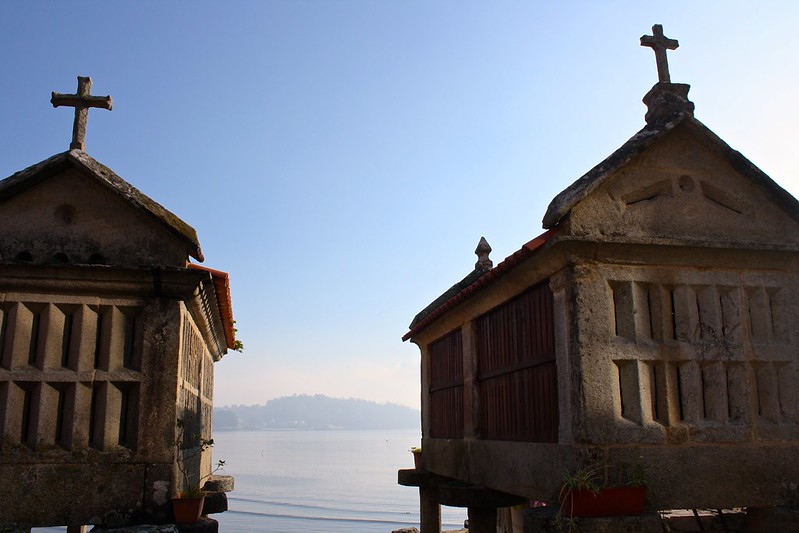Combarro, Spain: Galicia’s Most Beautiful Village?
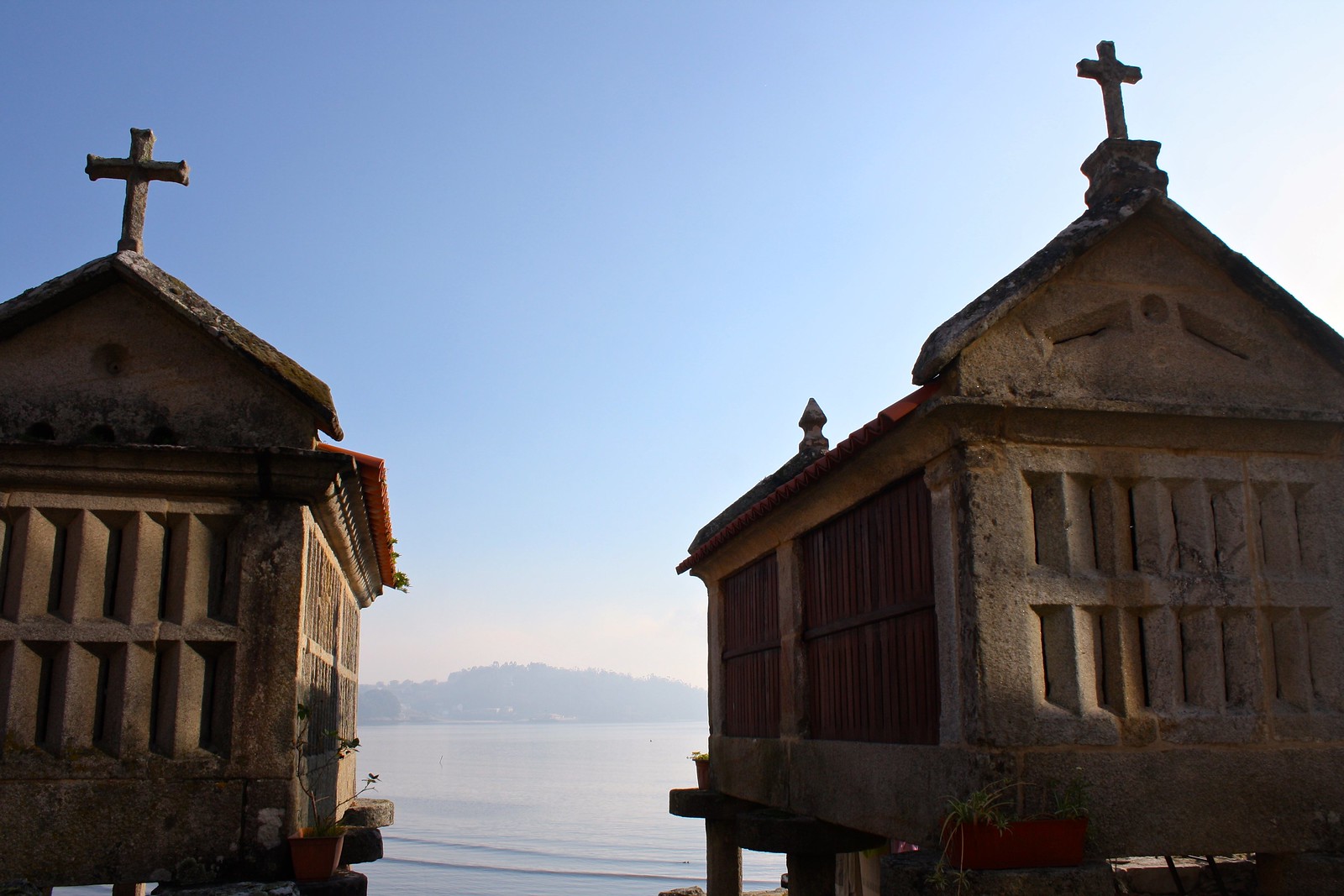 |
| Two hórreos |
Early on in my first year teaching English in northwest Spain, my bilingual coordinator told me there was one place I absolutely could not miss before returning back to the States: seaside Combarro, Galicia’s most beautiful fishing village. She’s never made such a recommendation before or since, so I took her local advice to heart and daytripped out here while I was in the Pontevedra area this January.
 |
| The historic Rúa do Mar |
I am all about that village life, and Combarro did not disappoint. This viliña mariñeira or “little mariner’s town” mainly draws folks to stroll down its historic, granite-paved streets that date back to the 1700s, where you can appreciate traditional Galician houses, their covered porches, wrap-around balconies, and tiny gardens and flower planters.
 |
| Stray cat |
Combarro’s also a great place to get to know two of the most emblematic structures you’ll run into in the Galician countryside (or on the coast). No fewer than eight cruceiros or monumental granite crosses dot this tiny town, and every other shorefront house will have a grand hórreo granary (or three) out back to use for drying corn or fish in.
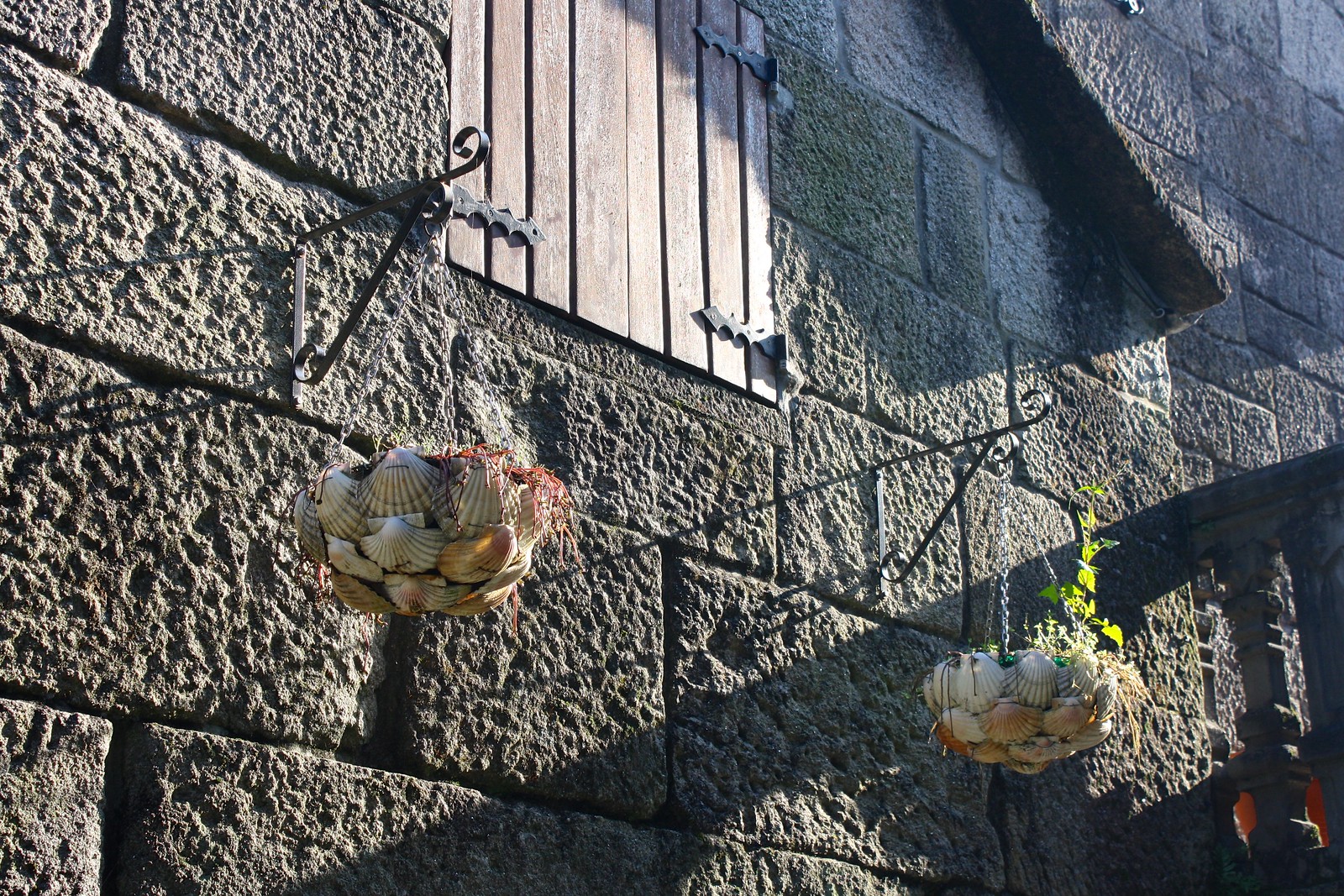 |
| Planters made from scallop shells |
Part of Combarro’s atmospheric charm involves, on the dry-ground side of the street, all the shopkeepers who invite you to step inside their artisan stores “just to try” a little bit of their firey grapeskin liquors and flavored, creamy liqueurs, among other touristy trinkets and souvenirs they sell. The side of the street that faces the ría or estuary, however, is lined with one restaurant after another churning out fresh octopus, steamed mussels, fried calamari, and other fresh catches from the sea. It’s best to arrive here late in the morning, explore the town, and then have a huge family-style meal in one of the terraces that looks out onto the Ría de Pontevedra.
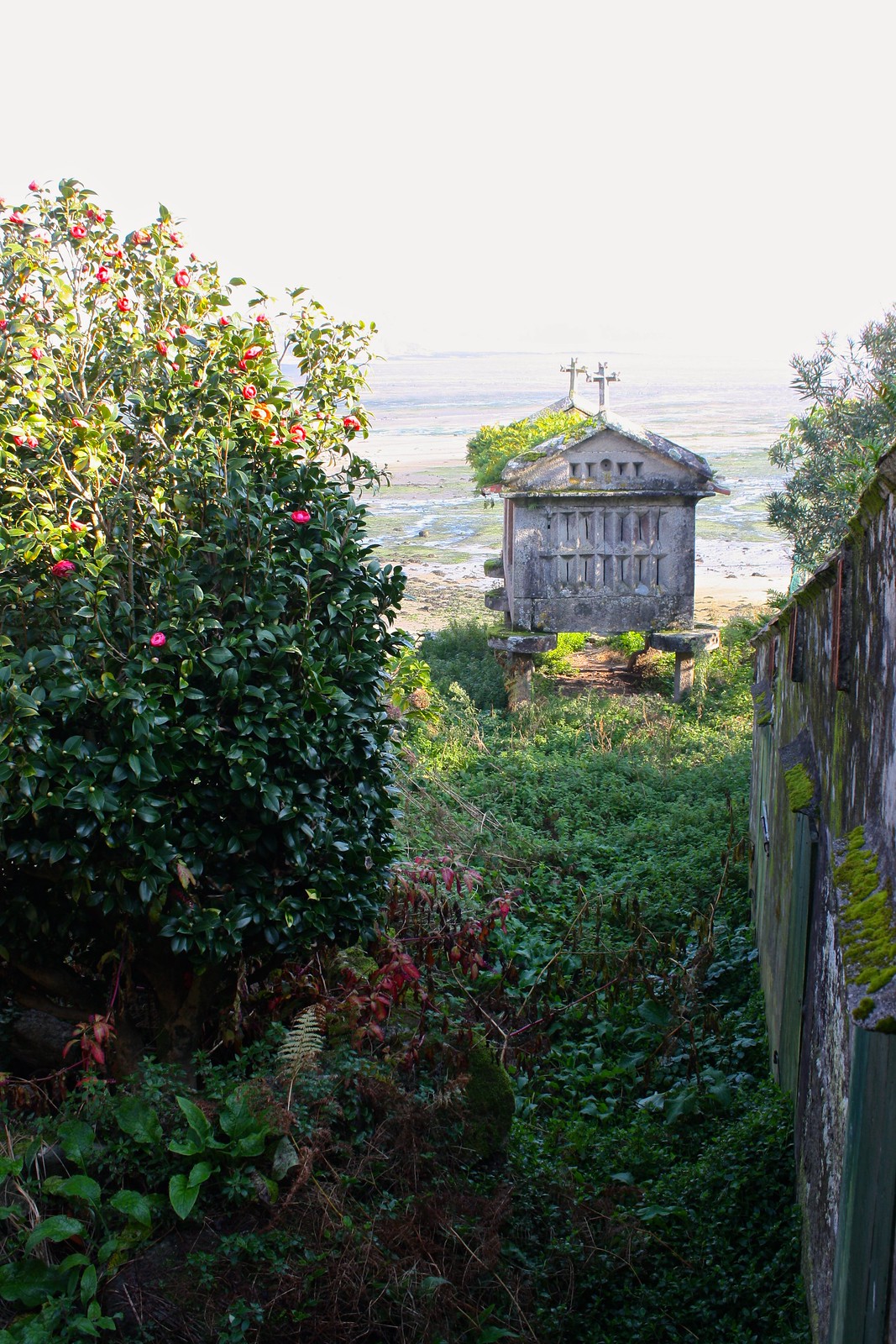 |
| Coastal hórreo |
Verdict
 |
| A cozy plaza with a cruceiro to boot |
To me, Combarro felt like somebody had taken scissors and cut out one of Santiago’s welcoming granite-lined streets and pasted it along the coast an hour to the south. Galicia’s got plenty of chill little fishing villages with good eatin’, but what makes Combarro stand out is its casco histórico or old town, something you rarely see in these types of towns.
 |
| Octopus! |
But unfortunately for me and my friends, we arrived in early January, about as low as low season gets, so all but two shops and restaurants were closed for vacation (although I hear in summertime Combarro’s monumental Rúa do Mar is bustling with dozens of places open for business). Combarro, while lovely, felt deserted…although it did make for some pretty pictures.
I’ve been to nicer monumental pueblos since going to Combarro, places like Betanzos, the home of the runny tortilla, or riverside Ribadavia, so I wouldn’t hand the title of “Galicia’s most beautiful village” to Combarro, especially since I can only imagine how touristy it gets in summer. But it definitely ranks high on my list of prettiest Galician towns, so if you’re ever exploring Galicia’s western Atlantic coast, do try to slip over here for a visit!
How to get there
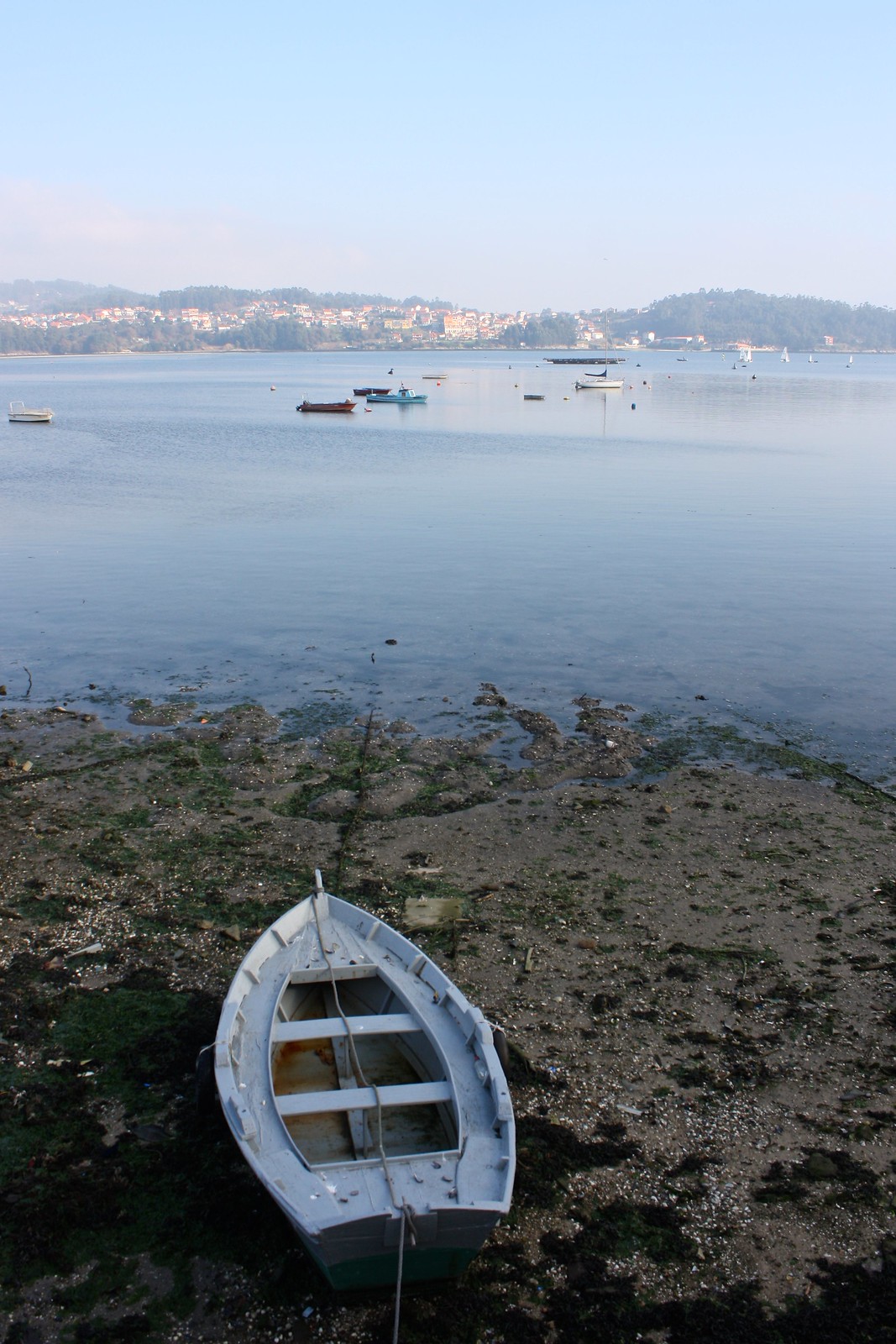 |
| Beached boat |
I got here by car with some friends, which was really convenient, but thankfully public transit exists along the densely-populated Ría de Pontevedra estuary. The Spanish bus company Monbus runs a dozen and a half 20-minute buses each day in both directions from the bus station in Pontevedra.
Have you been to Combarro before? What’s your favorite fishing village? Tell me below in the comments!
